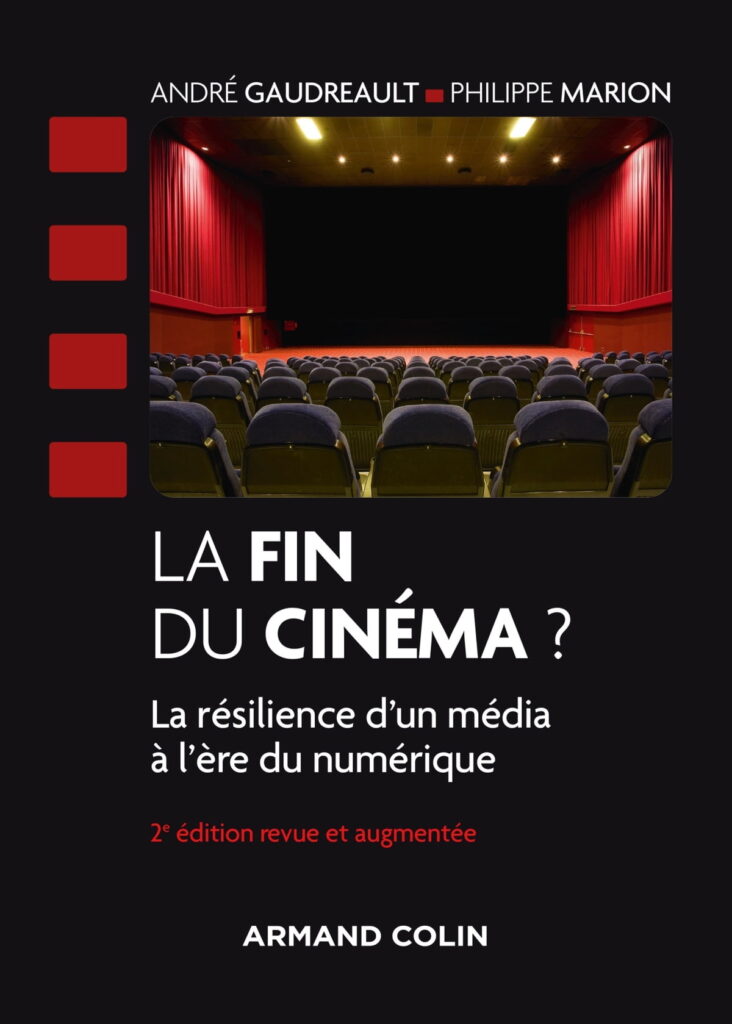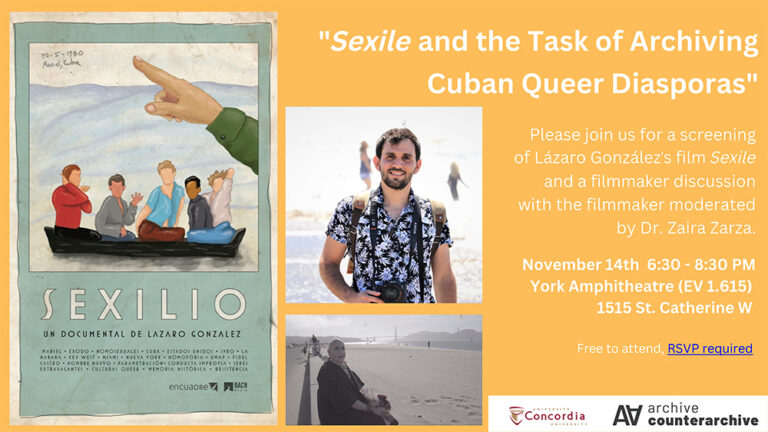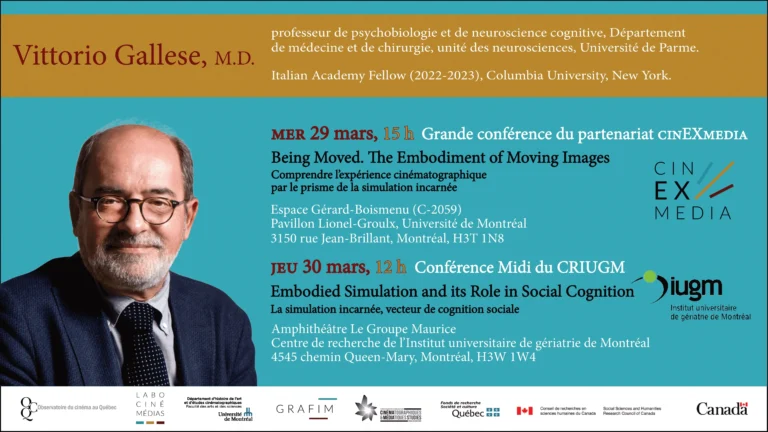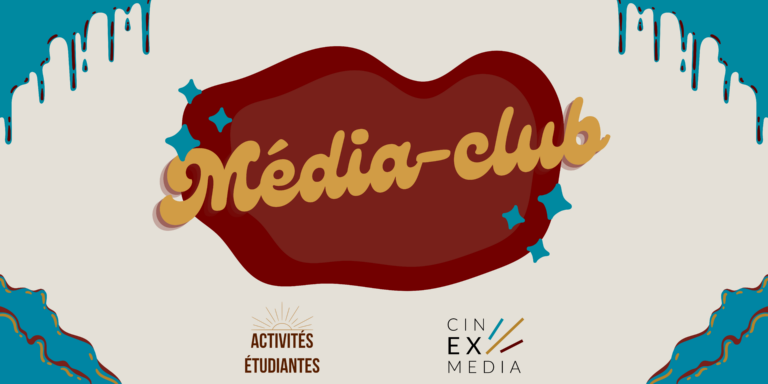André Gaudreault and Philippe Marion revisit their 2013 book and examine cinema’s “resilience” in the context of the digital transition.

William Pedneault-Pouliot
The publisher Armand Colin recently released a second revised and augmented edition of the book La fin du cinéma?, co-authored by André Gaudreault (Université de Montréal) and Philippe Marion (Université catholique de Louvain). Extending the ideas they began to formulate in the original book, this new edition includes 150 additional pages, twenty new illustrations and a fully updated bibliography.
From a Medium’s Crisis to Its Resilience
The change in the book’s subtitle is not insignificant. The shift from Un média en crise à l’ère du numérique (2013) to La résilience d’un média à l’ère du numérique (2023) signals that the essay has been reframed to demonstrate the important changes that have taken place over the past ten years.
“What we had described became accelerated,” Philippe Marion relates, noting that he observed cinema’s “de-institutionalisation” as a narrative art form, which he compares to a “Copernican decentring of the world” of cinema. “The idea of consuming cinema alone is no longer a categorical imperative,” Marion adds. “Whatever the support used, the important thing is for there to be filmic content. There is a kind of supremacy of the content.”
According to the book’s authors, this phenomenon has many factors. They point in particular to the rapid growth of artificial intelligence, which has thrown the notion of “authorship” into upheaval, and the COVID-19 pandemic, which led to unprecedented growth in the consumption of media content online, often to the detriment of movie theatres.
For a Flexible and Open Definition of Cinema
In the face of these upheavals, the authors nevertheless remain optimistic about the future of the art form. “Some people say that once a film is seen outside a movie theatre it is not cinema. We are opposed to that idea,” Gaudreault explains. He points out, moreover, that people have “never consumed as many films as they have since the advent of digital platforms.”
This opening up draws its basis from the very history of the film medium, but also from the concept of cinema’s “double birth,” introduced by the two authors in 1999. According to them, the technological invention of the kinematograph and the institutionalisation of “cinema” were two distinct phenomena, two births.
“Cinema is not something one invents. There is no cinema patent, that doesn’t exist. Cinema in a movie theatre is a socio-cultural apparatus that was refined, institutionalised, established, but not invented,” Gaudreault explains. This perspective on history makes it possible to conceive makes it possible to conceive today’s evolution of cinema with greater flexibility. For example, before the Lumière brothers’ screenings, animated pictures were shown in individual Kinetoscopes. “Today, what do people do? They watch films individually,” Gaudreault adds.
For Philippe Marion, “if cinema lost something, it was its super-dominant nature.” In this sense it has returned to a more “integrative” posture which puts it into competition with equivalent media.
Cinema’s very identity, therefore, is being affected by the changes seen today. This identity was “frozen” for a time, and we must now bring to it a “principle of change,” Marion asserts. “Digital technology is an imposed flexibility accelerator. We must be much more flexible, dynamic and fluctuating in our definition of cinema.”
This flexibility has become increasingly embodied in creation. “With respect to audiences, there is a true opening up towards people who jury-rig the stuff of cinema, an opening one might almost call ‘democratic,’” Marion adds. The shift in our conception of filmic creation thus makes it possible to carve out a larger space for “popular” practices in the definition of cinema.
Thinking about the Issues over Time
These are the questions – and many others – at the heart of the new edition of La fin du cinema? More generally, however, they are part of a project of thinking about cinema spread over a much longer period, because the two researchers have been collaborating for more than thirty years.
The book thus offers a lucid perspective on the present and future of cinema which is firmly rooted in both the most up-to-date research and the medium’s history. But, as Philippe Marion points out, this history is dynamic: it is “a resource for understanding today’s media.”
Preparation of this new edition was made possible by the support of the Groupe de recherche sur l’avènement et la formation des identités médiatiques (GRAFIM), a structure of the Laboratoire CinéMédias based at the Université de Montréal, and, at the l’Université catholique de Louvain, the Groupe interdisciplinaire de recherche sur les cultures et arts en mouvement (GIRCAM).



